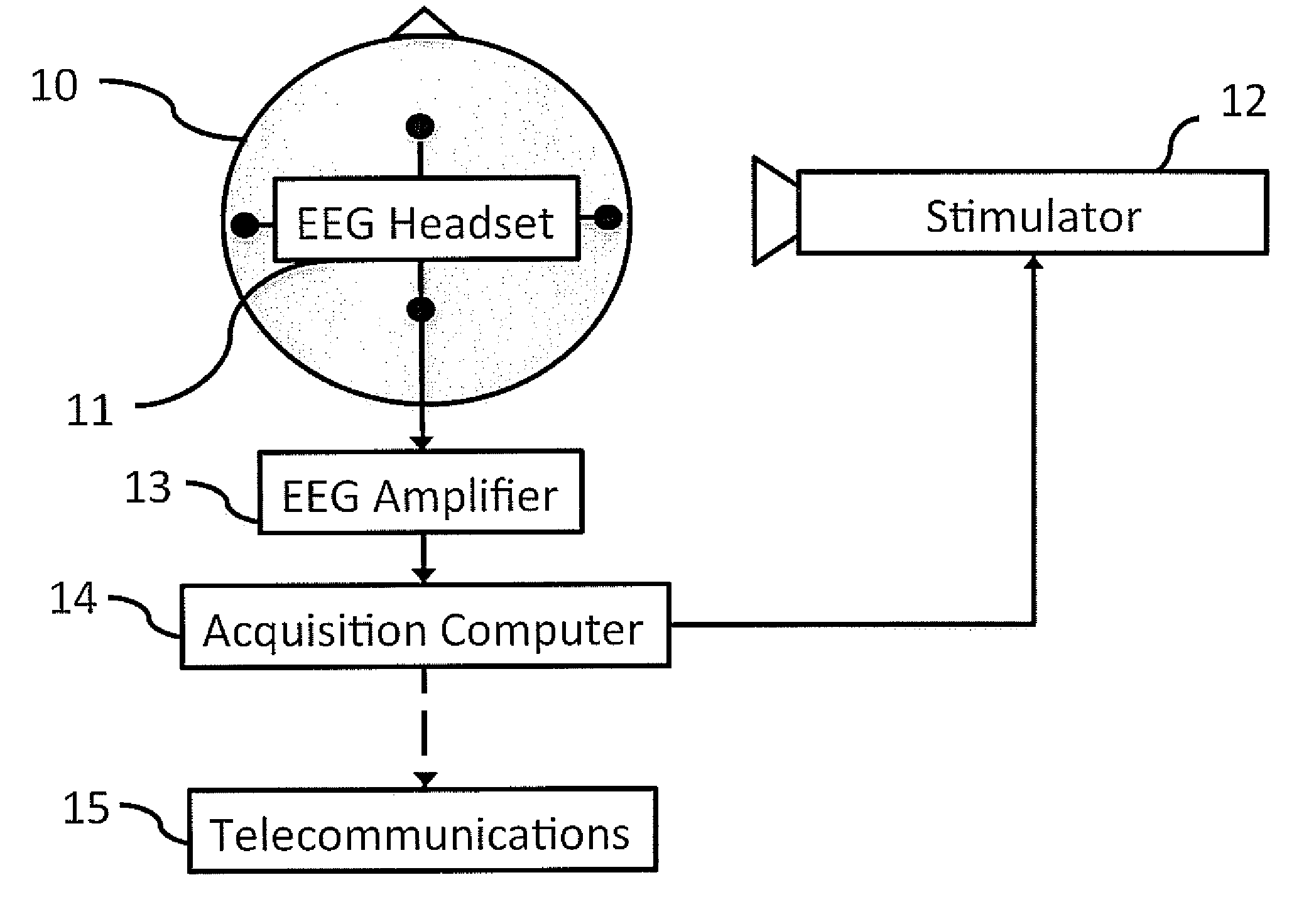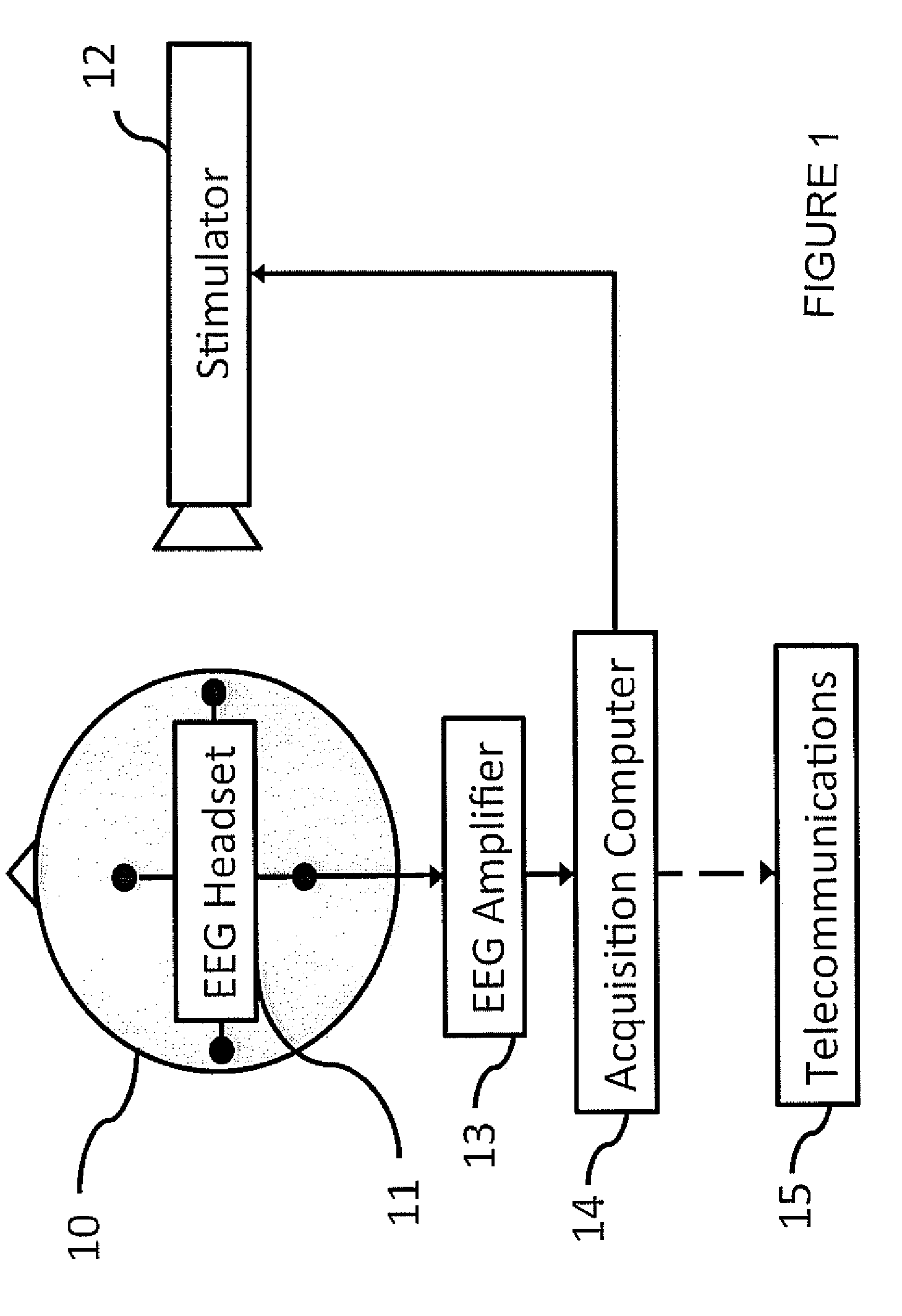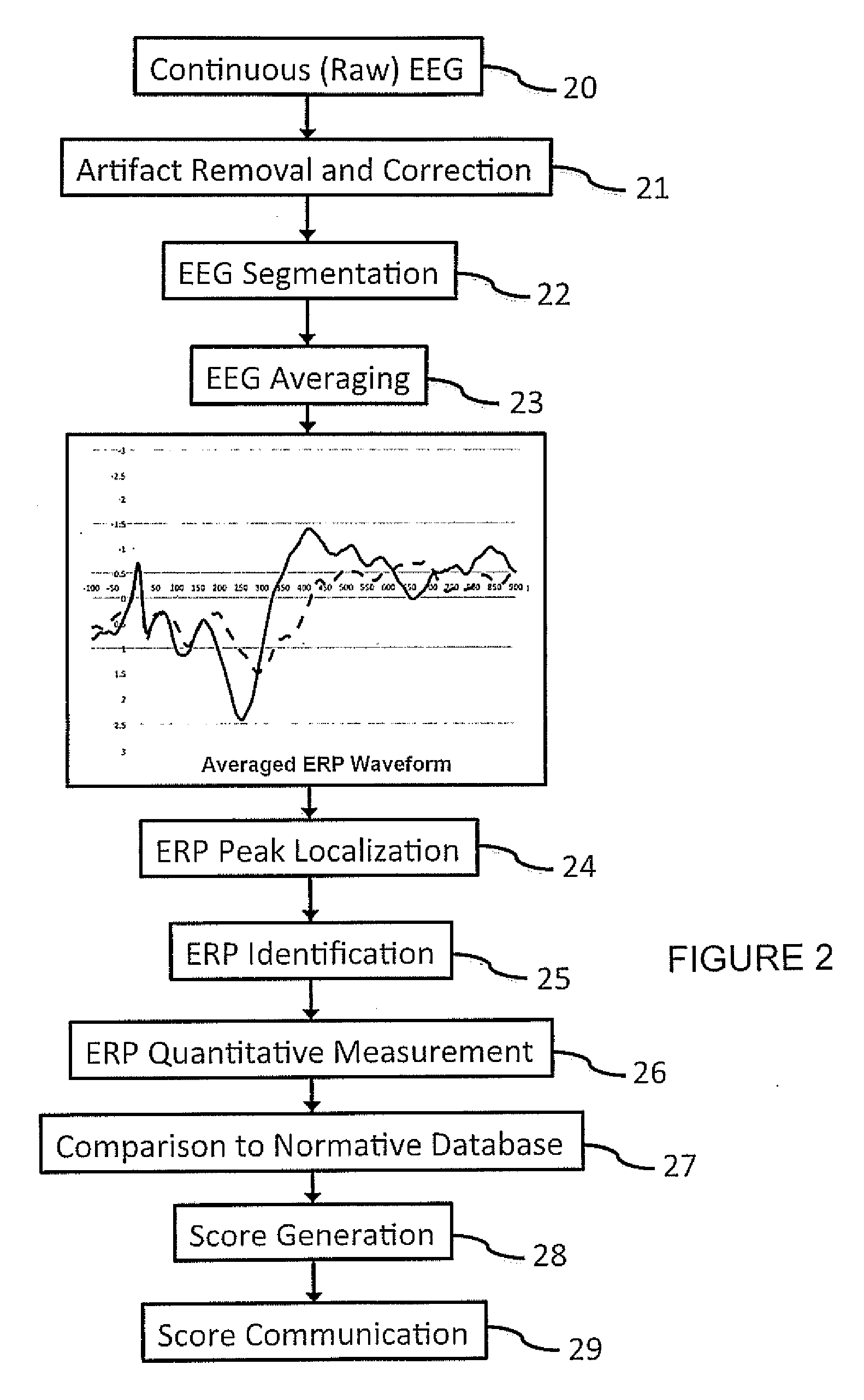Unfortunately, this is all too often the case for a host of brain injuries and diseases (e.g.,
stroke, Alzheimer's
disease, Parkinson's
Disease,
autism, etc).
The fundamental problem stems from the dependence on behavioural responses (motor or verbal), which are also invariably affected to some degree by the brain insult.
This compromises the ability to conduct an assessment using behavioural responses, rendering them with definable limitations.
Controversy often stems from the root of this problem, with awareness rising from cases like Terri Schiavo and Rom Houben.
There remains, therefore, a disturbing lack of clinical methodology to assess the functionality of the
cerebral cortex, and perhaps most importantly, the cognitive functions that subserve conscious awareness, in behaviourally unresponsive patients.
Making this distinction is a very difficult task for the clinician, who must gauge the subtle differences between reflexive movements and sporadic, weak voluntary actions.
Patients with LIS can be completely aware, yet are profoundly paralyzed, and lack voluntary control not only over their limbs, but also over the tongue, and the muscles that control the palate, jaw, and
lower face.
Signs of
consciousness can sometimes be obtained through voluntary control over opening and closing of the eyes, but some pathologies can result in loss of this capacity, as well as the loss of pupillary reflexes.
None of these efforts can reasonably be justified if an individual is deemed as lacking conscious awareness.
Even more serious is the possibility for the termination of life-sustaining therapies.
However, the Schiavo case gained public notice only because of the legal battle between Schiavo's mother, and her husband, who had opposite beliefs on whether Schiavo would have wished to live.
Given that there is increasing pressure on clinicians to terminate treatment or palliative care because of the extreme demand for ICU beds in most
clinical settings, it has never been more crucial to develop methods for assessing
consciousness that are not subject to the folly of depending on the capacity for behavioural response.
Functional MRI measurements, however, are difficult to acquire and analyze in patients with altered conscious awareness, and may not be possible with individuals who are heavily dependent on life-support.
Furthermore, routinely assessing
consciousness using fMRI would merely place a greater burden on an already overtaxed element of many health-care systems.
In Saskatoon, Saskatchewan, the situation is far worse: a patient may wait as long as 390 days to obtain an
MRI scan.
As such, it would appear unwise to establish fMRI as a primary means of assessing conscious awareness in behaviourally unresponsive patients.
While wait times may improve, one thing that may not improve in the foreseeable future relates to the practical limitations of methods like MRI.
MRI is large, expensive, and far from being portable.
That is, the barriers to collecting the EEG signals have largely been overcome, but more advanced uses of the technology have yet to be integrated into everyday clinical practice.
1) a spectrum of ERP responses exist, which can be integrated into a comprehensive test of conscious awareness. The challenge is to devise an
effective method for combining this spectrum of information into a rapid and meaningful clinical test;
2) this test / method cannot be reliant on advanced expertise / training, but rather should be easy to administer, with no prior knowledge / training;
3) it should be possible to run the test on a portable, stable,
noise-resistant device that is easily integrated into a wide variety of environments (small, robust, and scalable);
4) the
analysis software should be provided with a
database of normative subject data for comparison purposes, so as not to rely on any other standardized test or procedure; and
5) the test should produce clinically useful results (which do not require expertise to interpret), and these results should be easily output to current IT communications developments (
hand held computer,
wireless communications)
Longer-latency, cognitive ERPs have not yet been integrated into any routine method of clinical assessment.
However, despite the fact that EEG is relatively inexpensive and can be made portable, particularly when compared to MRI technology, hospitals typically have not provided for the increased demands for
EEG monitoring, both in terms of digital EEG machines, or EEG technologist coverage (Young, 2009b).
Despite the serial stages of
processing that are expected to extend from early sensory ERPs to late, cognitive ERPs, it has been repeatedly demonstrated that ERP responses in patients with severely damaged central nervous systems do not necessarily conform to this hierarchy.
Thus, it is important to utilize a spectrum of ERP tests / component—it is not appropriate to declare a patient cortically non-responsive as a consequence of a negative result for a single ERP.
This method has not been designed for administration as a portable
medical test which could be integrated into the Critical Care
Cascade.
Furthermore, its output requires expert interpretation, and has not been designed for integration with current communications developments (e.g.,
telecommunications) for rapid and easy communication.
The device does not calculate ERR waveforms in a traditional sense.
Thus it does not provide a test of conscious awareness.
Thus, the device does not extract ERP components or assess any kind of higher-level cognitive functions.
Thus, in terms of EEG measures, the device can only provide a general index of CNS depression.
Thus, the device does not provide any measure of specific neural functions.
 Login to View More
Login to View More  Login to View More
Login to View More 


